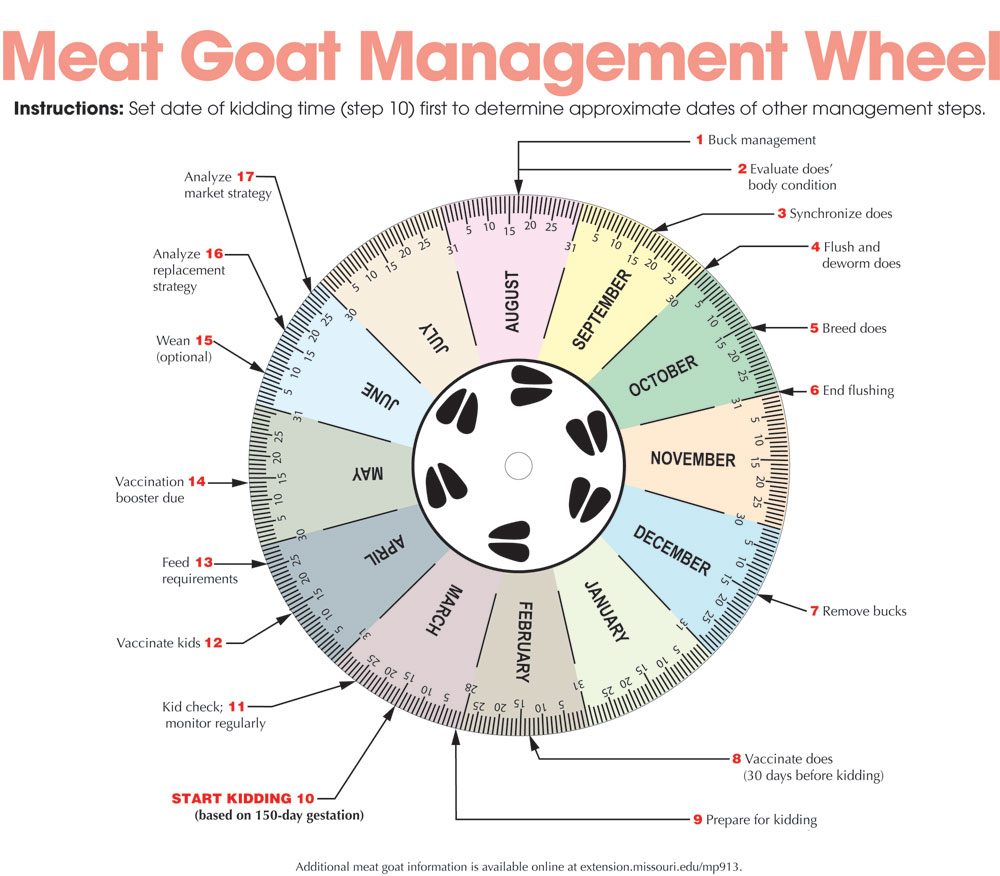Sheep and goats can be bred as young as 7 months of age – if they’re properly managed.
Dr. David Fernandez, University of Arkansas Extension livestock specialist at Pine Bluff, said success may depend upon whether the females have attained 65 percent of mature body size.
“If they’re smaller than that, you probably ought to hold off,” he told Ozarks Farm & Neighbor.
Many producers don’t like to breed animals that small and that young. For one reason, there’s greater potential for difficulty at birth because you’ve got an animal that’s trying to grow and develop a fetus at the same time, particularly during the last trimester.
“About 80 percent of that fetal growth occurs during that last trimester, and there are two 7 to 8 pound fetuses,” Fernandez said. “That’s a tremendous strain on the resources of that animal, and it really makes it difficult for those young animals to grow.”
The solution is to put them on a higher nutritional plane, because if they’re only getting roughage, they can’t consume enough for their needs; their abdomens are already full of 25 to 30 pounds of fetuses, membranes and fluids.
“There’s just not enough room,” said Fernandez. “It’s a small animal that weighs 120 to 160 pounds. So instead, they need to have access to a high-energy, high-protein feed, which is going to be some sort of supplement with a grain and protein source. That’s going to be very important for them if you’re breeding them at 7 months, and it’s important to any of them anyway.”
Other producers wait to breed sheep or goats until they’re 1 to 1 1/2 years old; that way, they’ll lamb or kid as 2 year olds, and have gotten most of their growth done. In addition, younger animals may not produce twins with the first pregnancy.
“We want twins,” Fernandez said. “That’s what we’re expecting out of our sheep and goats. If you have two animals to sell instead of just one, you’re going to make an awful lot more money. I don’t care if the one is significantly larger and gets a better price; if you have two smaller ones, even if they get a discount, they’re still going to bring you more money at the end of the day.”
Your ewes and does will live seven to 10 years, and should produce offspring every year.
“From an economic standpoint if a female is not associated with an offspring in some way, either one beside her or one inside her, she’s costing you money and you can’t afford to keep her,” Fernandez said. “But up until about 10 to 12 years of age, depending on the breed and how they’re managed.”
Goat producers can get some help on their kidding schedules with an easy-to-use wheel chart. The Meat Goat Management Wheel was developed by state Small Ruminant Extension specialist Dr. Charlotte Clifford-Rathert, National Center for Appropriate Technology program specialists Linda Coffey and Margo Hale, regional Extension livestock specialists Jim Humphrey and Bruce Lane, and Dr. Beth Walker of the Agriculture Department at Missouri State University
The wheel is a management calendar that helps you schedule tasks. You can rotate it to your ideal kidding date to learn the recommended dates for all the doe, buck and kid management tasks for the entire year; if you rotate it to the date breeding began, you’ll learn when the kids should start arriving, and move it again to the date the kids arrived in order to determine when to give vaccinations, increase nutrition and perform other necessary tasks.
The wheel, also contains general management information that can be adjusted for individual operations and different management styles.






